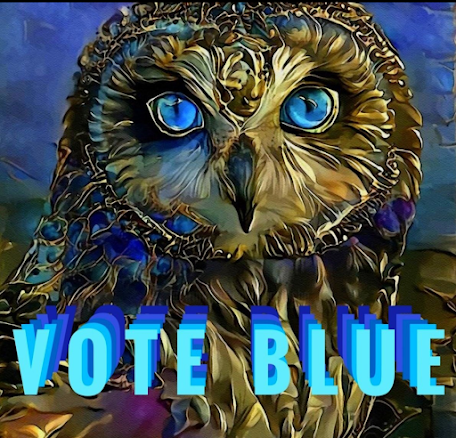New Treatments for Depression

This first new treatment for depression is still in trials, but if you're desperate, you might can get into a clinical trial. It sounds too risky to me, but only time will tell.
Option 1 requires surgery.
Option 2 uses magnets
Option 3 also requires surgery and is approved by the FDA
Option 4 is the once dreaded electroconvulsive therapy
These treatments are for those who have seen no improvement using traditional antidepressant medications.
1) deep brain stimulation.
It's sort of like a pacemaker for the brain. It requires two surgeries to implant the device.
Researchers theorize that certain regions deep within the brain influence mood and depression. They believe that the areas associated with depression may be overactive in certain people. Sending electrical impulses to these areas may "reset" them to normal functioning, researchers speculate.
Who may benefit from deep brain stimulation
Because deep brain stimulation is experimental, it's available only through participation in clinical trials. In addition, because of the risks involved, its use is limited to people who have severe, debilitating depression that has not improved with other treatments. Talk to your doctor to see if it may be an option for you.
Full story at the Mayo Clinic website.
2) transcranial magnetic stimulation
Transcranial magnetic stimulation (TMS) is an experimental procedure that uses magnetic fields to alter brain activity.
There are different ways to perform the procedure. But in general, a large electromagnetic coil is held against your scalp near your forehead, often on the left side. An electric current creates a magnetic pulse, or field, that travels through your skull. The magnetic pulse causes small electrical currents in your brain. Those currents stimulate nerve cells in the region of your brain involved in mood regulation and depression.
Transcranial magnetic stimulation doesn't involve surgery, and you require no anesthesia. You also don't need to be hospitalized. Transcranial magnetic stimulation can be done on an outpatient basis in a doctor's office or clinic that's running a clinical trial for the procedure.
During transcranial magnetic stimulation, the magnetic coil is held against your head while electric current is switched on and off. You may feel a slight tapping or knocking sensation on your head. Although transcranial magnetic stimulation is generally painless, it may cause the muscles of your scalp or jaw to contract. The procedure lasts about a half-hour.
Full Story at the Mayo Clinic
3) Vagus nerve stimulation (approved by the FDA)
With vagus nerve stimulation, a device called a pulse generator is surgically implanted in the upper left side of your chest. The device is about the size of a stopwatch. A lead wire is connected to the pulse generator. The lead wire is guided under your skin from your chest up to your neck, where it's attached to the left vagus nerve.
Electrical signals travel from the pulse generator, through the lead wire and to the vagus nerve. The vagus nerve delivers those signals to the brain. But precisely how stimulation of the vagus nerve may improve depression remains unknown. Research indicates that vagus nerve stimulation alters the functioning of brain areas involved in mood regulation and depression.
The pulse generator can be programmed to deliver electrical impulses to the nerve at various durations, frequencies and currents. Stimulation typically lasts for 30 seconds and occurs every five minutes. The device is meant to be a permanent implant. It runs on battery power. The stimulation doesn't typically cause any sensations in your body.
Full story at Mayo Clinic
4) Electroconvulsive Therapy
Yeah, just like in the movies. It's a lot safer than it was years ago, but it still seems like an eerie procedure to me.
Many people begin to notice an improvement in their symptoms after two or three treatments with electroconvulsive therapy. Full improvement may take longer, though. Response to antidepressant medications, in comparison, can take several weeks or more.
No one knows for certain how ECT helps treat severe depression or other mental illnesses. What is known, though, is that many chemical aspects of brain function are altered during and after seizure activity. Researchers theorize that when ECT is administered on a regular basis, these chemical changes build upon one another, somehow reducing symptoms of severe depression or other mental illnesses.
That's why electroconvulsive therapy is most effective with multiple treatments. Most people who receive ECT have treatments three times a week, usually for two to four weeks. ECT is effective in about 80 percent of people who receive the full course.
Even after your symptoms improve, you likely will need ongoing treatment to prevent a recurrence. That ongoing treatment doesn't have to be ECT, but it can be. This ongoing treatment is known as maintenance treatment. It may include antidepressants or other psychiatric medications or psychotherapy.
Full Story at Mayo Clinic
Technorati Tags:depression, clinical trials
Generated By Technorati Tag Generator


Comments
Post a Comment
All comments must be approved before posting. Comments that are not approved are due to spam and shall be reported as such.
Thank you.